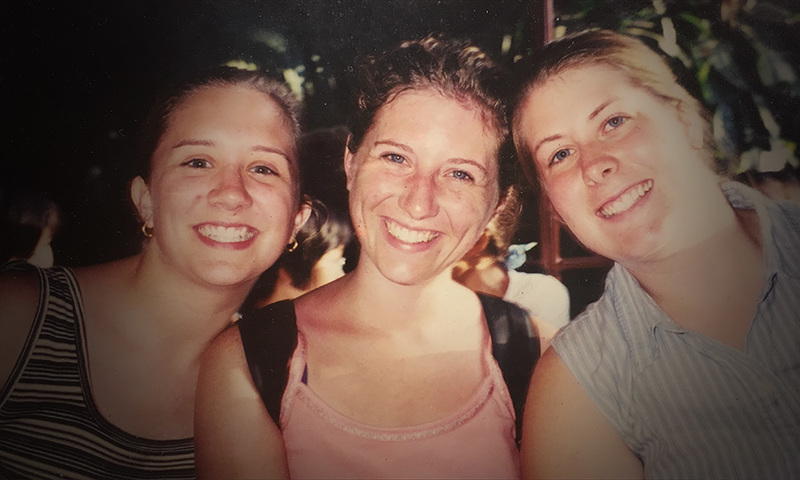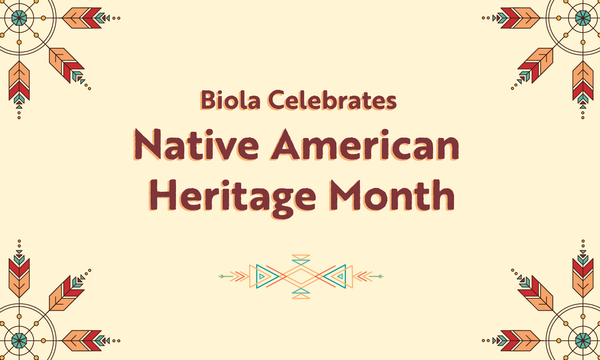I settled into my seat, surrounded by colleagues, wondering what weÔÇÖd hear, as Shirley Hoogstra, president of the Council for Christian Colleges and Universities (CCCU), gave the opening keynote of the leadership conference.
ÔÇ£We lead because we love people, and we want their lives to be better. Let me say that again: We lead because we love people, and we want their lives to be better.ÔÇØ
And for the first time in my understanding of this puzzling term ÔÇ£leadership,ÔÇØ something clicked. You see, although I have held positions of leadership for almost 20 years ÔÇö as a student orientation leader, an office manager overseeing student office assistants, the director of a department, and now as an associate dean in Spiritual Development ÔÇö I had never felt like a leader.
Leaders, I thought, are those people who stand up front, sharing a laser-focused and compelling vision and strategically moving others toward that vision. Leaders, I thought, were like captains of a ship, standing proudly and confidently in the bow, sword unsheathed and pointing ahead through the battle or storm. IÔÇÖd look at people who were held up as icons of great leaders and IÔÇÖd think, ÔÇ£ThatÔÇÖs really not me.ÔÇØ I tend to be more soft-spoken; I do not have the kind of charismatic gravitas that draws people in.
But on this spring day, the word ÔÇ£leaderÔÇØ resonated through me in ways it never had.
At that leadership conference, I learned that, generally speaking (and there is room for fluidity here), women have a different kind of leadership instinct than men. I also learned that both are necessary for flourishing organizations.
We often equate ÔÇ£leadershipÔÇØ with the words like ÔÇ£goal-drivenÔÇØ and ÔÇ£vision-castingÔÇØ and ÔÇ£authority.ÔÇØ Generally speaking, that is the way men lead. And for many, this works. But through 30 years of research, Sally Helgesen, a nationally-known leadership coach, discovered a few things about the way women tend to lead:
- Women excel at relationship-building and collaborative thinking.
- Women prefer to lead from the center, not the top. Rather than dictating, they lead by influencing.
- Women have broad vision ÔÇö they see the possibilities leading up to the goal, they tend to be aware of how people and systems will be impacted, they have a large and future-oriented understanding of what could be.
- Women (and to an increasing degree, millennials of both genders) are less interested in positional power or pay raises, and more interested in a satisfactory daily work experience.
I do not fit that image of the iconic leader ÔÇö that captain of a ship, sword unsheathed, pointing the way through the storm. But thatÔÇÖs not how God created me to lead. My leadership strengths come in my instinct to build relationships, a big-picture understanding of whatÔÇÖs needed to reach a goal, and the ways I influence others to get us all there. I do what I do because I love people, and I want to see us all thrive.
It was a long time coming, but I learned something important that day. My kind of leadership is valuable. And both kinds of leadership are needed. And when we elevate both, everyone flourishes.
If youÔÇÖre interested in exploring more ideas related to women in leadership, check out the ÔÇ£GiftingsÔÇØ section of GRIT: A WomenÔÇÖs Resource Collective at ¢±╚€║┌┴¤. And, join the conversation on
.
 ¢±╚€║┌┴¤
¢±╚€║┌┴¤


.jpg)
.jpg)